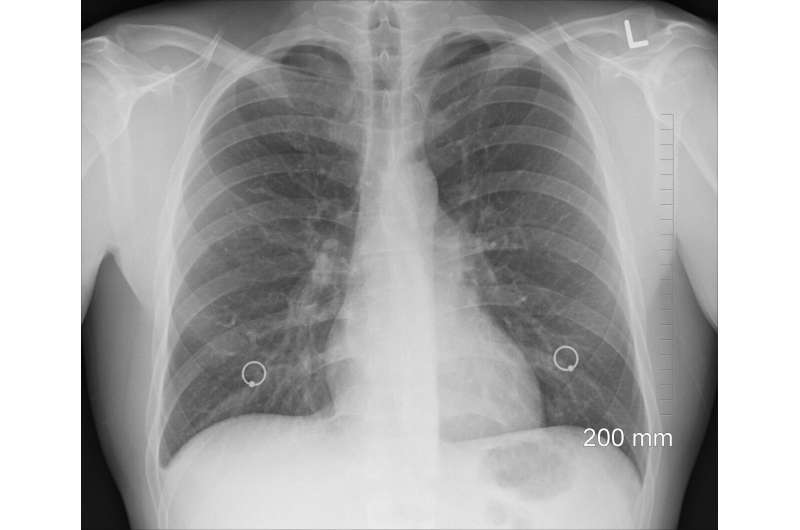Innovative Lung Cancer Trial Model Promises Faster and More Inclusive Research

The Pragmatica-Lung trial demonstrates a fast, inclusive, and efficient model for lung cancer research, providing valuable insights despite not meeting its primary survival endpoint. This approach could revolutionize future clinical trials in oncology.
The SWOG S2302 Pragmatica-Lung trial represents a significant advancement in lung cancer research, showcasing a streamlined and pragmatic design that allows for rapid testing of new treatments. This phase 3 study, led by the SWOG Cancer Research Network and supported by the National Cancer Institute, aimed to evaluate whether combining the immune checkpoint inhibitors ramucirumab (Cyramza) and pembrolizumab (Keytruda) could improve survival in patients with stage 4 or recurrent non-small cell lung cancer (NSCLC) previously treated with immunotherapy and chemotherapy.
Despite its primary goal not being met—showing that the investigational combination did not significantly extend overall survival compared to standard treatments—the trial achieved remarkable milestones in trial methodology. It enrolled a broadly representative patient population across diverse demographic groups, including substantial numbers of non-white, Black, and rural patients, enhancing the generalizability of its findings.
Importantly, the trial’s development and execution were notably swift. From protocol development to activation, the entire process took only 200 days, and enrollment was completed by December 2024, with initial results announced by April 2025—just over two years from start to finish. This expedited timeline underscores the potential for more efficient clinical trials, especially those with registrational intent.
The trial also succeeded in reducing the data collection burden for clinical sites and participants, thereby lowering participation barriers and facilitating quicker enrollment. A key finding from the interim analysis, with 370 patients having died, revealed no significant difference in overall survival between the experimental and standard-treatment groups, with median survival of roughly 10.1 and 9.3 months, respectively.
Subgroup analyses indicated similar findings, though there was a trend favoring patients with squamous cell carcinoma, suggesting further research is needed. Researchers emphasized that although the specific treatment did not show superiority, the trial’s design model itself — characterized by speed, inclusiveness, and simplified processes — could serve as a blueprint for future large-scale studies.
This innovative approach allows for faster, more inclusive research that accurately reflects the diverse real-world patient population, potentially accelerating the development of next-generation lung cancer therapies. For more details, see the abstract at ASCO 2025 or visit https://medicalxpress.com/news/2025-06-lung-cancer-trial-faster-leaner.html.
Stay Updated with Mia's Feed
Get the latest health & wellness insights delivered straight to your inbox.
Related Articles
Rethinking COPD Diagnosis to Enhance Accuracy and Facilitate Early Detection
A new multidimensional diagnostic approach for COPD integrates symptoms and imaging data, enabling earlier and more accurate detection of at-risk individuals beyond traditional spirometry methods.
New Research Links Gabapentin Use to Higher Dementia and Cognitive Impairment Risks
Recent research indicates that frequent gabapentin use for chronic pain may significantly elevate the risk of dementia and cognitive impairment, especially among younger adults. Learn more about these vital findings.
Healthcare Budget Cuts Endanger Local Solutions to Rural Doctor Shortages
California’s rural regions face a critical doctor shortage worsened by healthcare funding cuts. Initiatives like new training campuses and residency programs aim to stem the crisis, but financial challenges threaten these solutions. Learn more about efforts to improve healthcare access for rural Californians.



